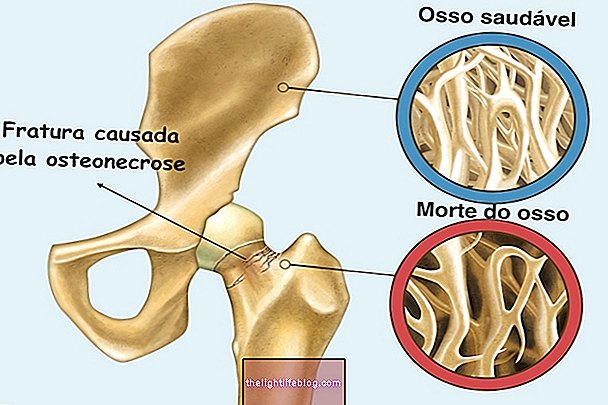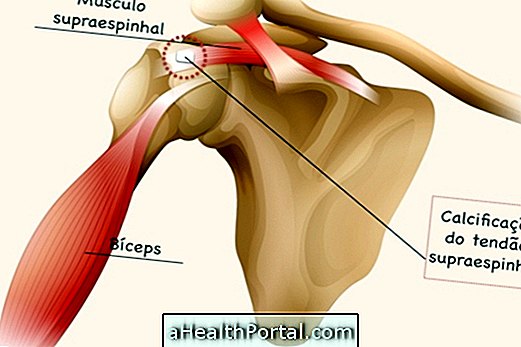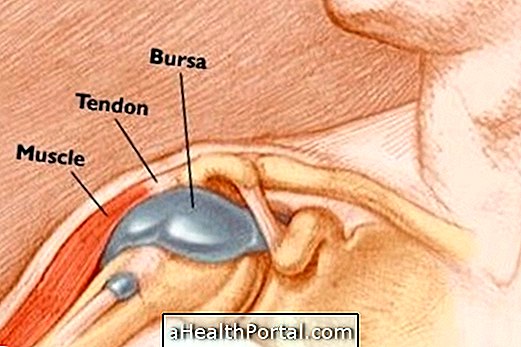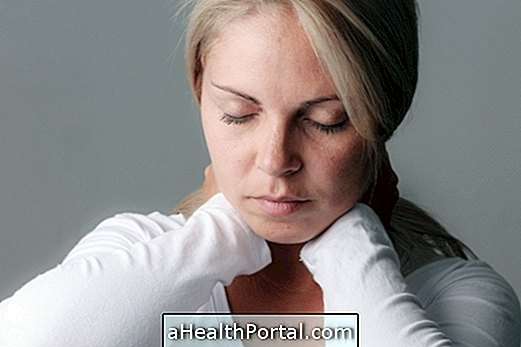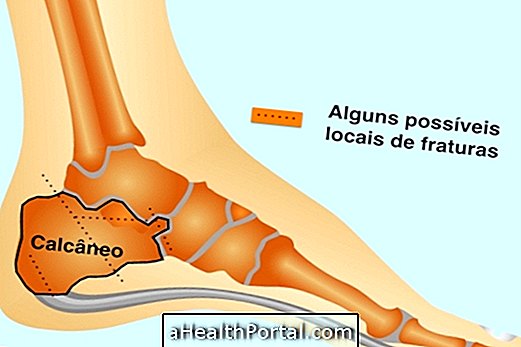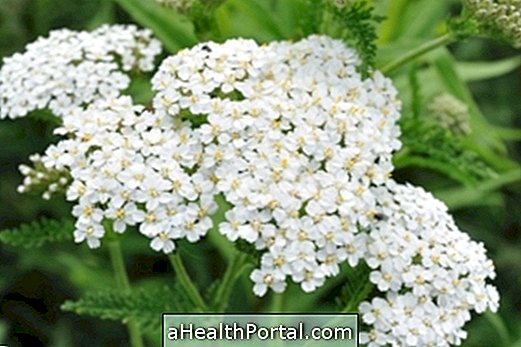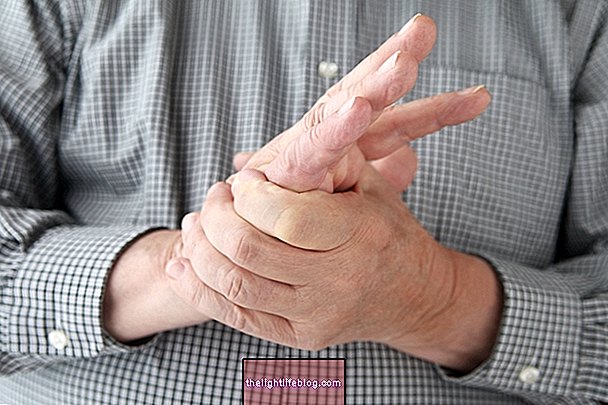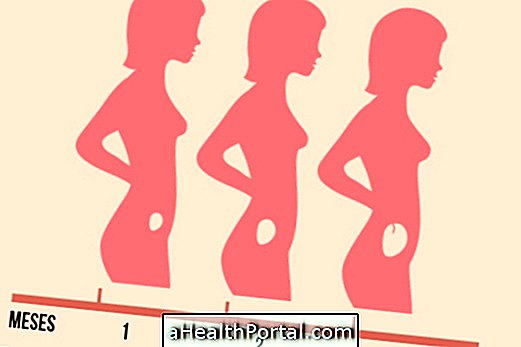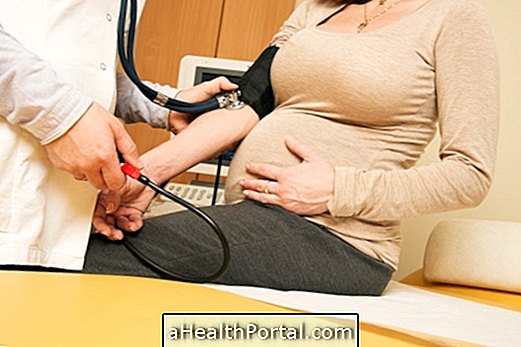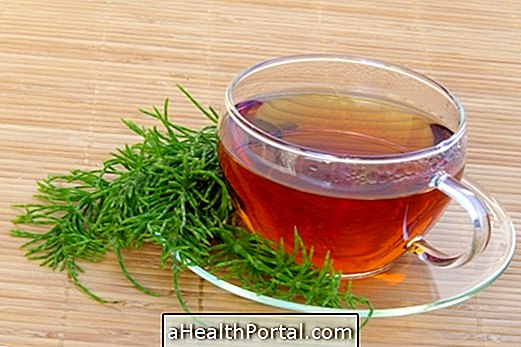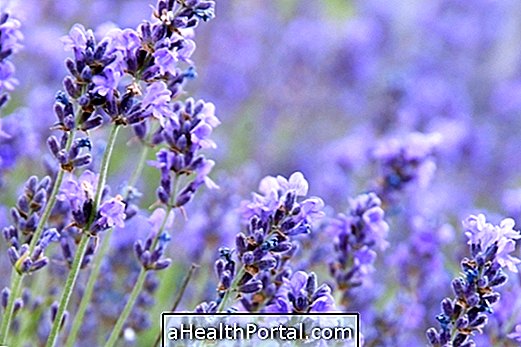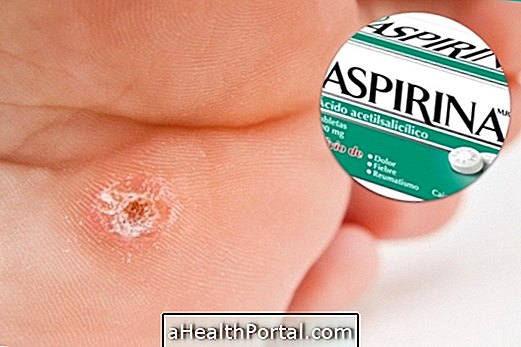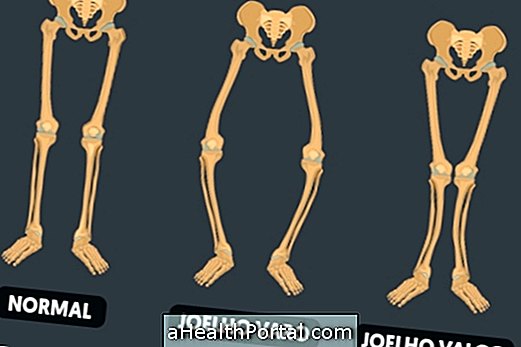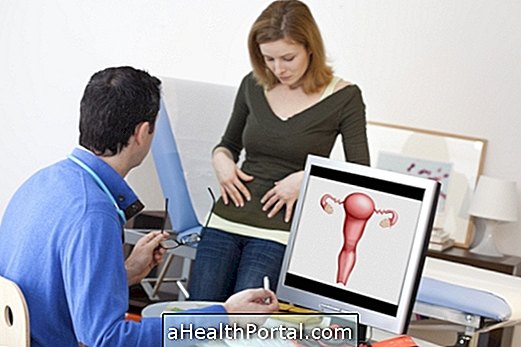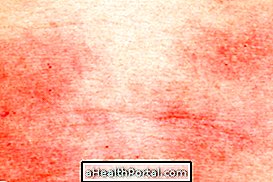Cervical arthrosis is a type of degenerative spine disease that strikes the neck region. It generates symptoms such as neck pain, stiffness and difficulty in movement and its treatment consists of taking medications, physiotherapy and sometimes surgery.
Symptoms of cervical arthrosis
Symptoms of cervical arthritis include:
- Pain in the neck, which worsens with movements;
- Tension-type headache;
- Difficulty turning your neck sideways or turning your head up or down;
- Sensation of having "sand" inside the spine when moving the neck;
- There may be a feeling of numbness or tingling in the neck, shoulders, or arms.
The pain and tingling in the neck region may also be signs of cervical hernia, so look at the symptoms of this disease here.
The diagnosis of arthrosis is made by observing the symptoms of the disease and confirmed by tests such as x-ray of the spine or magnetic resonance that can be requested by the orthopedist or rheumatologist.
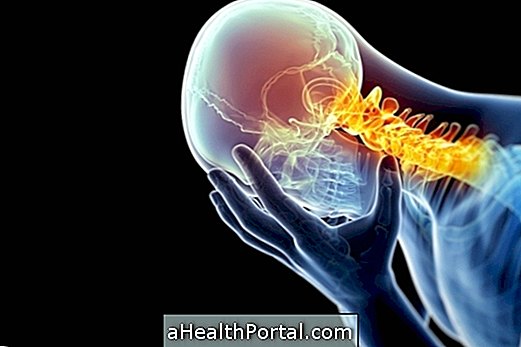
Treatments for cervical arthrosis
Treatment for cervical arthrosis should be started as soon as possible to avoid further involvement of the joint. It can be done by taking medications to alleviate the symptoms of the disease and will need physical therapy. More serious cases may require surgery, but this should always be followed by physical therapy.
Physiotherapy for cervical arthrosis
Physical therapy for cervical arthrosis is an important part of the treatment and should be performed daily with seriousness and commitment.
Physiotherapeutic treatment may include the use of devices such as ultrasound, laser, shortwave and alternating currents, but it is important to practice muscle strengthening exercises and stretches to keep the muscles involved properly healthy, to avoid postural compensations that can aggravate the arthrosis.
Exercises for cervical arthrosis
Two great exercises to help treat cervical arthrosis are swimming and water aerobics. But swimming should give preference to backstroke to avoid having to turn the neck sideways and the compromise that this can bring.
You may like:
- Is arthrosis a cure?
- Physiotherapy for arthrosis
